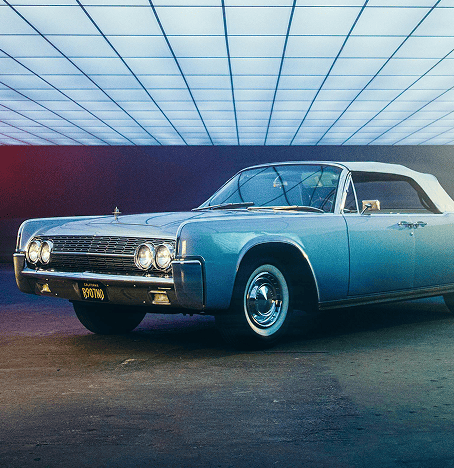How to Clean Hardwood Floors Without Damaging Them
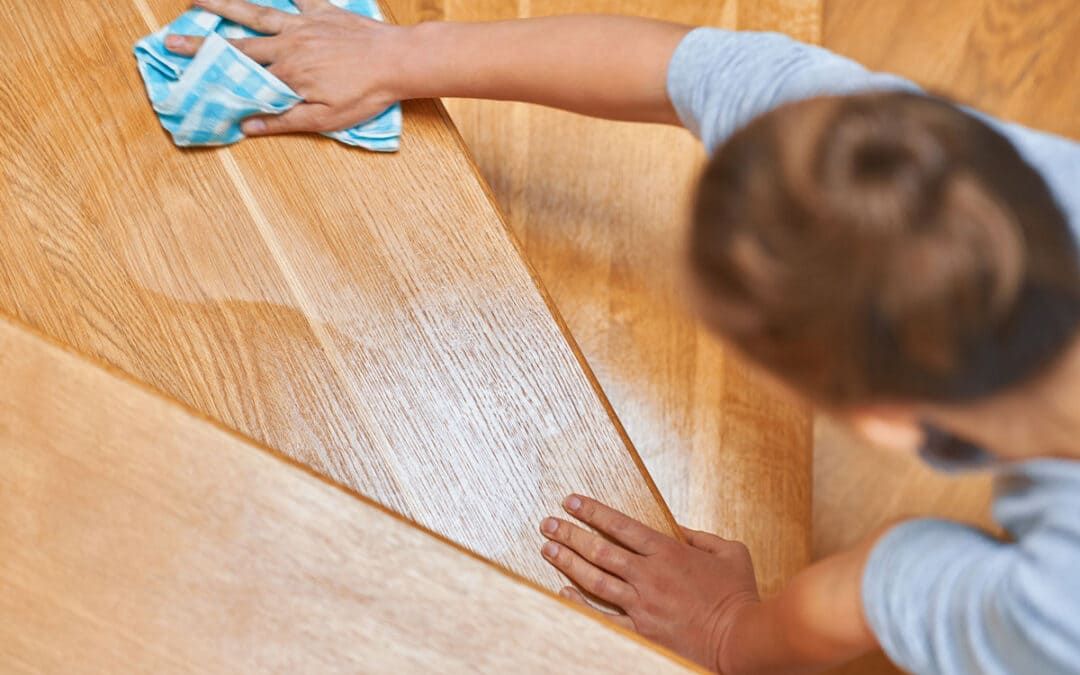
Hardwood floor is one of the commonest floor in people’s houses, so, knowing how to clean is of great importance. Different from other types of floors, cleaning hardwood floors needs our attentions. The appeal of hardwood floors is often in their naturally rustic feel and you will want to maintain that by cleaning them in ways that are safe and effective.
1. Routine Dusting
The first step of maintaining hardwood floors is routine dusting or sweeping. When walked on, dust, dirt and even small debris function as sandpaper, slowly wearing the floor’s finish. Use a broom with soft bristles, or a microfiber dust mop for daily or weekly cleaning. Microfiber type of material really attracts and lifts that dust, instead of just moving it around as traditional brooms do. For vacuuming aficionados, make certain that the vacuum features a hardwood floor setting, or has a soft brush attachment, so no scratches occur from beater bars.
2. Damp Mopping
When it comes to deep cleaning, water is a friend and foe. Too much moisture penetrates the wood and it swells or warps, or it develops stains. So it’s not wet mopping, but damp mopping that’s the ticket. Mop with a damp microfiber mop, one that has been wrung out well enough to release just enough moisture to pick up dirt without wetting the wood. Stay away from steam mops, the high heat and vapor can break down the finish and damage the wood fibers over time. For an extra layer of protection, always wipe in the direction of the wood grain to avoid streaking.
3. Right Cleaning Solution
It's equally important to choose the right cleaning solution. Lots of commercial cleaners include harsh chemicals like as ammonia, bleach, or vinegar that can strip away the floor’s protective finish or dull its shine. Instead, choose pH-neutral cleaners that are designed for hardwood floors. A few drops of gentle dish soap diluted in warm water should work well, too, for occasional cleanings. But always first test any cleaner in an out-of-the-way spot to make sure it’s compatible with your floor’s finish.
4. Spot Cleaning
Spot cleaning is essential, though, for homes with pets or heavy human traffic. Spills should be cleaned up right away with a slightly damp cloth and dried with a towel to remove any moisture left behind. Sticky stuff such as chewing gum or wax can be scraped off carefully with a plastic putty knife but avoid metal scrapers, which can gouge the wood. For more stubborn stains, you can lightly apply a paste of baking soda and water and then wipe it clean after a few minutes.
5. Prevention
As a result, much of this can be avoided with preventive measures reducing the intensive cleaning processes. Doormats at entryways capture dirt before it can spread to the floor. Felt pads under furniture legs prevent scratches when tables or chairs are moved. Keeping pets’ nails trimmed also helps reduce unintentional scratches. Also, suitable indoor humidity of 30% to 50% prohibits the wood from expansion and contraction hence appearance of gaps or cracks.
6. Hardwood Rejuvenator Product
Eventually, even properly kept up hardwood floors will dim. Rather than use an aggressive polish or wax which can lead to buildup, treat the surface with a hardwood rejuvenator product. These products are formulated to restore brilliance without harming the finish. But if the floor looks badly worn, professional refinishing may be needed to sand and reseal the surface properly.
In conclusion, cleaning hardwood floors without damage finds its balance through gentleness, tools, and preventative care. By steering clear of extra moisture, harsh chemicals, and scuffing tools, you can maintain your floors looking pristine for decades. Taking care of it not only keeps the wood looking nice but also adds to the look of your home. When undertaken with care and diligence, your hardwood floors will continue to serve you both as a visually-striking aspect of your living space and as a durable one at that.
 Disclaimer:
Disclaimer:
The content provided on our blog site traverses numerous categories, offering readers valuable and practical information. Readers can use the editorial team’s research and data to gain more insights into their topics of interest. However, they are requested not to treat the articles as conclusive. The website team cannot be held responsible for differences in data or inaccuracies found across other platforms. Please also note that the site might also miss out on various schemes and offers available that the readers may find more beneficial than the ones we cover.
Related Websites
-
 Health & Wellness
Health & WellnessPreventing Kidney Stones: Effective Strategies for a Healthier Life
Kidney stones are a common painful condition that can be experienced by anyone. These solid deposits of minerals and salts can form in the kidneys, causing agonizing pain as they move through the urinary tract. While some people are genetically more prediscovered to grow kidney stones, there are several things that we can do to help prevent these from forming in the first place. Making some lifestyle changes and simply being cautious of dietary practices can greatly reduce your chances of developing this painful condition.1.Stay Well-hydratedThe best way to try to prevent kidney stones is to keep hydrated. Staying well hydrated by drinking adequate water during the day helps to dilute materials that create stones in the urine.Minerals and salts are less likely to crystalize and form stones when urine is dilute. Their reason behind this is that the normal, reliable advice says that you ought to be drinking 8–10 glasses, or 2–3 liters, of water a day, but whose to say what this refers to when there are so many factors in your environment, level of activity, health conditions, etc. That will determine how hydrated you need to be. Those with a history of kidney stones are often advised to drink enough water to produce around 2.5 liters of urine per day. Water remains the best, but other fluids (like herbal teas and citrus-based drinks) can help with hydration, and possible prevention, in some cases, because citrate (found in citrus-based drinks) can help reduce formation of stones.2.Balanced DietDiet is also an important part of preventing kidney stones. A diet that is low in salt and animal protein may help prevent stone formation. Excessive sodium intake can raise the amount of calcium in the urine, a major component of many kidney stones. So it’s important to limit processed foods, canned soups and salty snacks. Moreover, decreased animal proteins (e.g red meat, poultry/eggs) consumption will help to decrease the urinary levels of uric acid(another contributor to stone formation). We can certainly reduce our intake of animal proteins, and replace with more plant-based proteins, like beans, lentils, and tofu.3.Get Enough CalciumCalcium is also misunderstood with regard to kidney stones. Although calcium is a component of many stones, avoiding calcium is not the answer. In fact, consuming adequate calcium through fooddairy products or fortified plant-based options — can help prevent stones. That’s because calcium attaches to oxalate in the intestines, where it prevents oxalate from entering the bloodstream and being filtered out through the urine, where it can lead to stone formation. But speaking of extra calcium, it is also one of the minerals which shouldn't be taken in excess as it increases stone risk.4.Take in Oxalate-rich FoodsAnother food-related factor is the consumption of foods high in oxalate.Foods that are high in oxalate contain a compound that can combine with calcium in the urine to make calcium oxalate stones — the most common type of kidney stones. Spinach, rhubarb, beets, nuts and chocolate are all high oxalate. That doesn’t mean you have to completely ban these foods, but moderation, as well as balancing these foods with calcium-rich foods, may help in stone formation.So in summary, the avoidance of food that would cause kidney stones, drinking lots of fluid and maintaining a healthy life style solves the puzzle of staying away from kidney stones. Well, here you can really reduce your risk of this painful condition as long as you drink enough water, reduce salt and animal proteins, take enough calcium, control oxalate-rich foods and weight. Though none of these approaches guarantee immunity from kidney disease, they help support these important organs while improving your quality of life. So if you’re prone to kidney stones (or at higher risk), always check with your doctor directly for more tailored advice. -
 Automotive
AutomotiveHow to Maintain the Tonneau Cover Well
Tonneau covers are must-have things for truck owners, because they can help the trucks from being broken by a lot of elements. In order to ensure its long turn operation, the daily upkeep is essential. If you ant to know how to care for a tonneau cover, here are some helpful tips.1.Regular CleaningDirt and debris generally accumulate over time on the tonneau cover and cause scratches as well as wear. They need regular cleaning in order to remain in good condition. Lightly clean the surface with mild soap or automotive cleaner and a soft cloth or sponge. Avoid abrasive cleaners/oil that could harm the finish. If your covers are made of vinyl or fabric, use specific cleaners designed for those. Rinse it thoroughly with water and dry it with a microfiber cloth so you don't get water spots.2.Inspect for DamageRegularly inspect your tonneau cover for signs of wear (cracks, tears or rusted loose hardware). That can help you fix whatever is out of whack, and prevent major damage and costly repairs later on. Check for loose hinges, seals, and fasteners if you notice any damage, first check for any damage and if there is any then repair or replace immediately.3.Protect from Extreme WeatherWhile tonneau covers are generally made to handle the weather, prolonged exposure to extreme heat, cold, or UV rays will eventually breakdown the fabric. Control what you can to limit exposure, including putting your truck in a garage or shaded area when you can. If it’s on a vinyl or fabric cover, a UV protectant spray may help protect that material from fading and cracking.4.Avoid OverloadingTonneau covers aren't made to support much weight. Do not stack heavy items on the cover. Something heavy placed on top of the cover can make it bend or warp, causing damage to its composition. In order to avoid damage of the cover, always stay within the manufacturers weight limit guideline.5.Check Seals and Weather StrippingKeeping the dirt out of your truck bed is crucial, and that starts with the tonneau cover seals and weather stripping. Inspect these components for wear or damage regularly. To keep your vacuum system seals tight and leak-free, and to help prevent cracking, you can reinstall any worn or cracked seals. Well-fitting seals also reduce wind noise on the move.6.Keep Safe When Not in UseIf you need to take off the tonneau cover, store in a cool place, away from humidity and direct sun. The same goes for keeping it “bent”or “rolled”too tightly, as that can create creases or damage the material. If it's hard covers, put them anywhere flat or it will get bent.7.Follow the Manufacturer's GuidelinesTonneau covers are not created equal so its vital to adhere to the manufacturers recommendations for their maintenance. Consult a user manual for cleaning products, lubrication intervals and care instructions specific to your covers material and design. Following these in very essentials it will not void the your warranty and also very simply way of doing the performance.8.Address Rust PromptlyRust is something you may worry about with tonneau covers that include metal components, frames, or hinges. If spots of rust do occur, scrub them off immediately with a rust remover or fine-grit sandpaper. Apply rust-resistant primer and paint on the metal to protect from rusting.9.Seasonal MaintenanceMaintaining a tonneau cover comes with challenges unique to each season. Vigorous brushing of snow and ice buildup in winter must be done carefully to prevent damage to the cover. Keep the cover clean in the summer and keep harmful UV rays off it.In short, these are the tonneau cover maintenance tips to ensure your tonneau cover lasts for a long time and looks and performs the way it should. If you use your truck for carrying things, you need to buy a tonneau cover for your truck because it will not only provide a smooth surface for the things you keep but will also enhance your vehicle. -
 Finance
FinanceUniversal Life Insurance and Term Life Insurance
While bothterm life insurance and universal life insurance are primarily designed to provide a death benefit, they differ enormously in structure, cost, flexibility and long-term benefits. Understanding these differences is crucial in deciding on the one that is most appropriate for your funding needs and total financial targets.1.Term Life Insurance:Straightforward and Cost-EffectiveTerm life insurance provides limited coverage, usually, 10 to 30 years. A death benefit will be paid out to his or her beneficiaries if the insured passes away while the policy is still in effect. But if the policyholder dies before the end of the term, the coverage ends with no benefits paid out.This straightforward nature of term life insurance, compared with more complex options, makes it appealing to those who only need temporary insurance, when their family needs protecting, paying off a mortgage, or raising children, as needed.The main advantage of term life insurance is that it is cheap. They have relatively low premiums, and thus are an affordable option for younger people or anyone on a restrictive budget when compared to permanent life insurance products, such as universal life insurance. Another reason is that most term life insurance policies are straightforward and typically have fixed premiums and a guaranteed death benefit for the entirety of the term. This financial predictability permitspolicyholders to plan their finances without fretting over fluctuating expenses.But term life insurance is not without drawbacks. Because it doesn't grow a cash component, it is simply coverage, since there'sno investment or savings element. At the end of a term, the policyholder canrenew the policy — typically at a higher premium — or buy, a new one. But for those who want coverage for life or a financial vehicle that offers both protection and savings, universal life insurance might be a better match.2.Universal Life Insurance: Costs and LongevityOne major reason to consider universal life insurance is the flexibility it provides. Policy holders may also vary payments of premium and death benefits within certain ranges, allowing policyholders the ability to fit the policy to their evolving financial situation. For instance, if a policyholder goes through a temporary financial hardship, they might be allowed to reduce their premium payments or use the cash value to pay expenses. On the other hand, when their financial conditionbecomes better, they could raise their premiums to speed up the cash value growing faster.The cash value element also allows for growth on a tax-deferred basis, so interest earned is not taxed until taken out. Especially useful for those who are seeking retirement income or an estate to pass on to their heirs, this can be a powerful tool for long-term financial planning. Moreover, universal life insurance policies typically allow you to invest the cash value in different accounts, which can sometimes lead to better returns.But that flexibilityand those benefits also have a price. Because premiums are more expensivethan term life insurance universal life insurance, making it less accessible if you're on a budget. This policy also can be complicatedand understanding how premiums impact cash value, death benefits adds up to a comprehensive picture that often requires professional help. Moreover, if not managed correctly, the cash value can disappear, and thepolicy may lapse, leaving the insured with no coverage.Ultimately, both term life and universal life has come with their own set ofpros and cons. By taking a close look at your finances and the goals for the future, you can find the right policy that best fits your needs and offers your heirs the protection they need. A financial advisor can also be useful in navigating the intricacies of life insurance so that youcan make an informed decision.
Featured Articles
-
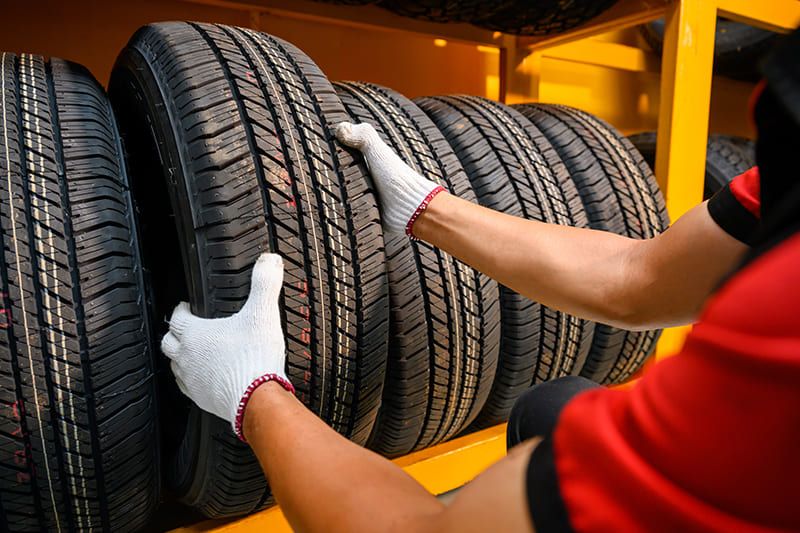 Automotive
AutomotiveFinding Best Tires with Affordable Prices
-
 Home & Garden
Home & GardenHow to Enhance the Warmth of a Room with the Right Furniture
-
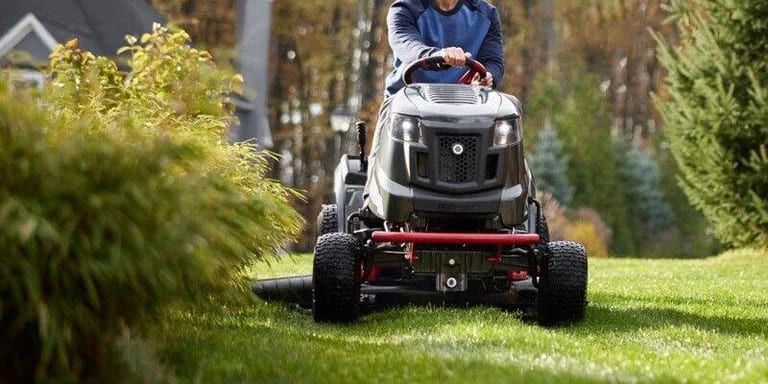 Home & Garden
Home & GardenAdvantages of Riding Lawn Mowers Over Push Mowers
-
 Travel
TravelA Vacation to Jamaica: A Tropical Paradise
-
 Home & Garden
Home & GardenHow to Determine If a Lawn Mower Is Right for You
-
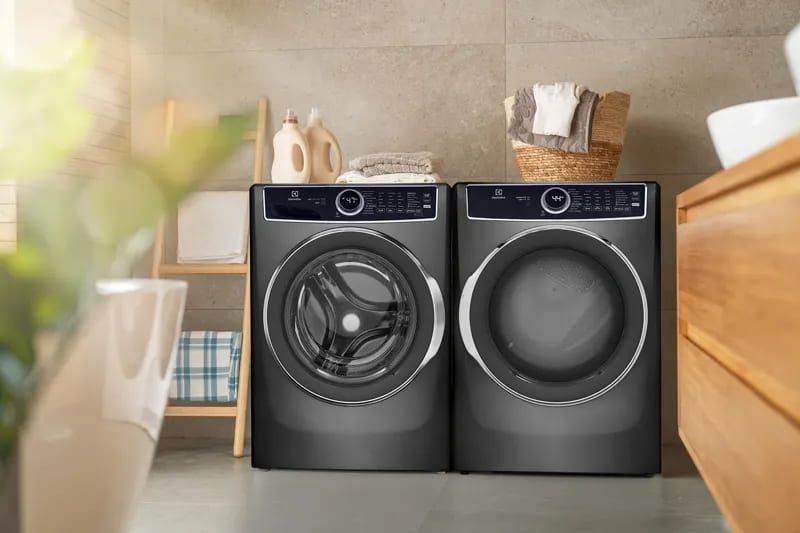 Home & Garden
Home & GardenUltimate Guide to Choosing a Washer and Dryer
-
 Home & Garden
Home & GardenBenefits of Wooden Flooring: Why Every Family Loves It
-
 Automotive
AutomotiveTips to Know Before Buying a Car




